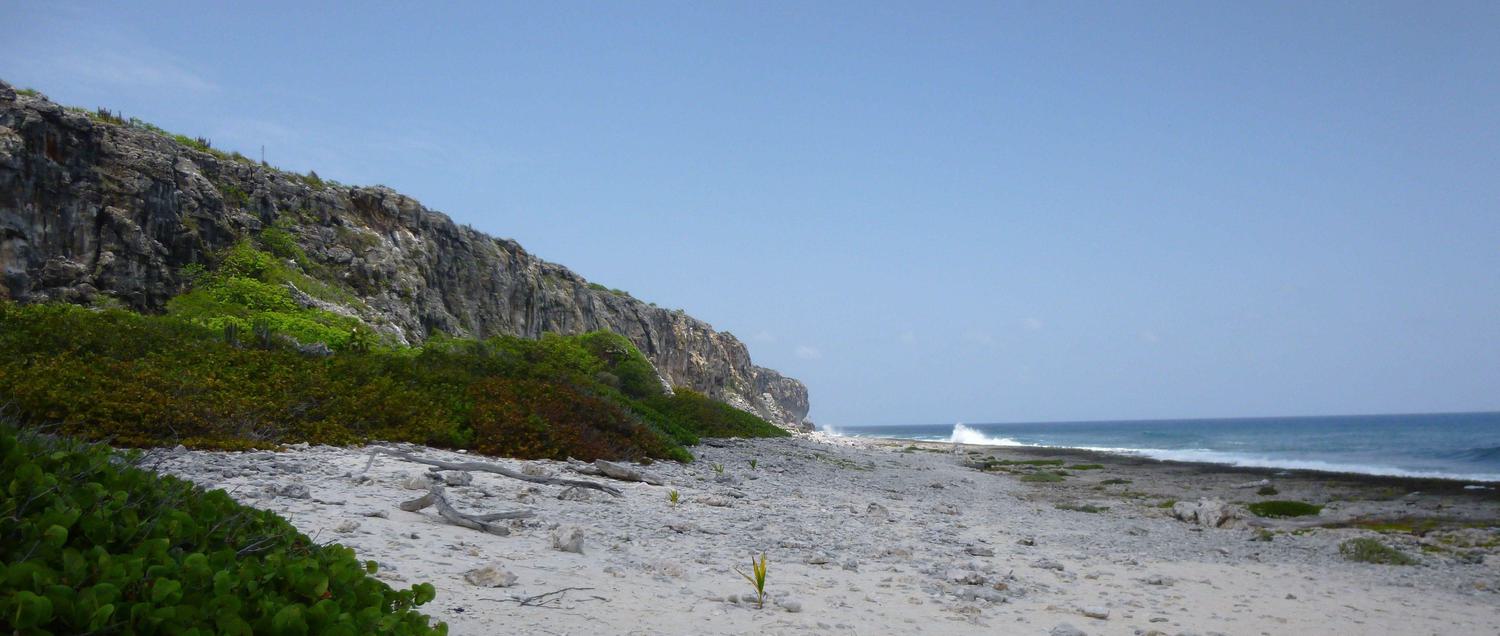Here in the Cayman Islands, sometimes we find quite a bizarre range of creatures in our homes and residential areas. While some countries prioritise rat-catching, we focus on iguana-culling. While other homes are ridden with ticks and spiders, we are dodging the sting of a scorpion. For a range of infestation-causing animals or insects, it is very easy to call a pest control company to have them spray your home to solve the problem. However, not all home-invading animals in Cayman are considered ‘pests’, the most common misconception being bats.
Habitats and Habits
Bats are an animal of the Chiroptera classification; they have wings as forelimbs and manoeuvre around through long-distance journeys. According to the National Trust for the Cayman Islands and Bat Conservation International, bats in Cayman weigh less than 2 ounces on average. The two most common species are the Jamaican fruit bat, and the Pallas’s mastiff bat, otherwise know as the velvety free-tailed bat. There are also 6 other bat species in Cayman, but these are extremely uncommon.
Whatever the size or nature of your house, it is possible that bats will roost or breed in your attic space, under a roof tile, or even between gaps in mortar. Most bats tend to nest in the walls of your home or in roof spaces; they particularly like to shelter in places that are hollow, such as between your insulation and the dry wall. The biggest issue is that bats can cause a big odour problem, especially if they are filling your roof with droppings. Yet, they do not have a habit of interfering with your food or wires, unlike rodents.
Why Should We Preserve Bats?
Why should bats not be exterminated like any other pest, such as cockroaches and rats? Bats are an integral part of Cayman’s ecosystem. They help to control an overflow of insects every night when they roost; a lactating female bat can eat her entire body weight in insects in one sitting! Most likely, if you have bats in your home, they are probably feeding on any bugs you have, which in a way, is helpful to us. Bats are considered to be a ‘keystone’ species in Grand Cayman, which means that many organisms, even plants, are very dependent on bats to survive, especially as they play a crucial role in seed dispersal and the pollination of plants. Bats keep Cayman’s forests healthy and full by dispersing seeds frequently.
Identifying Bats in Your Home
You may be asking yourself, ‘how do I even know if I have a bat problem?’. If you want to know whether or not there are bats in your home, go outside right after the sun sets, and just before it becomes dark (sometime between 5pm-7pm). While the sky is still light, position yourself towards your home and watch. If you see any bats emerging, you most likely have bats roosting inside. If you see any bats, do not plug any holes or cracks you may see. This will block the bats in and force them into your living areas, worsening the severity of the problem.
The Bat Removal Process
Once you have discovered that you have a bat infestation in your home, the bats need to be removed as quickly and as safely as possible. By law, bats cannot be disturbed during their breeding season (June-November).
If you think that you may have bats roosting in your home, one of the first points of contact is The National Trust. The National Trust are dedicated to bat conservation in Cayman and started their Bat Conservation Programme in 1994. They are able to assist homeowners in removing bats from an attic space for a small fee using a humane exclusion technique. They can also install tall bat boxes in neighbourhoods for CI$750 per box, which give bats a permanent and safe place to nest and discourages them from nesting in people’s attics.
To ensure safe removal, please email the National Trust at tours@nationaltrust.org.ky. It is illegal to remove or disturb bats during the breeding season – 1st June through 15th November – when baby bats would be separated from their mothers and left to die. Doing so could incur a hefty fine and possible imprisonment.





